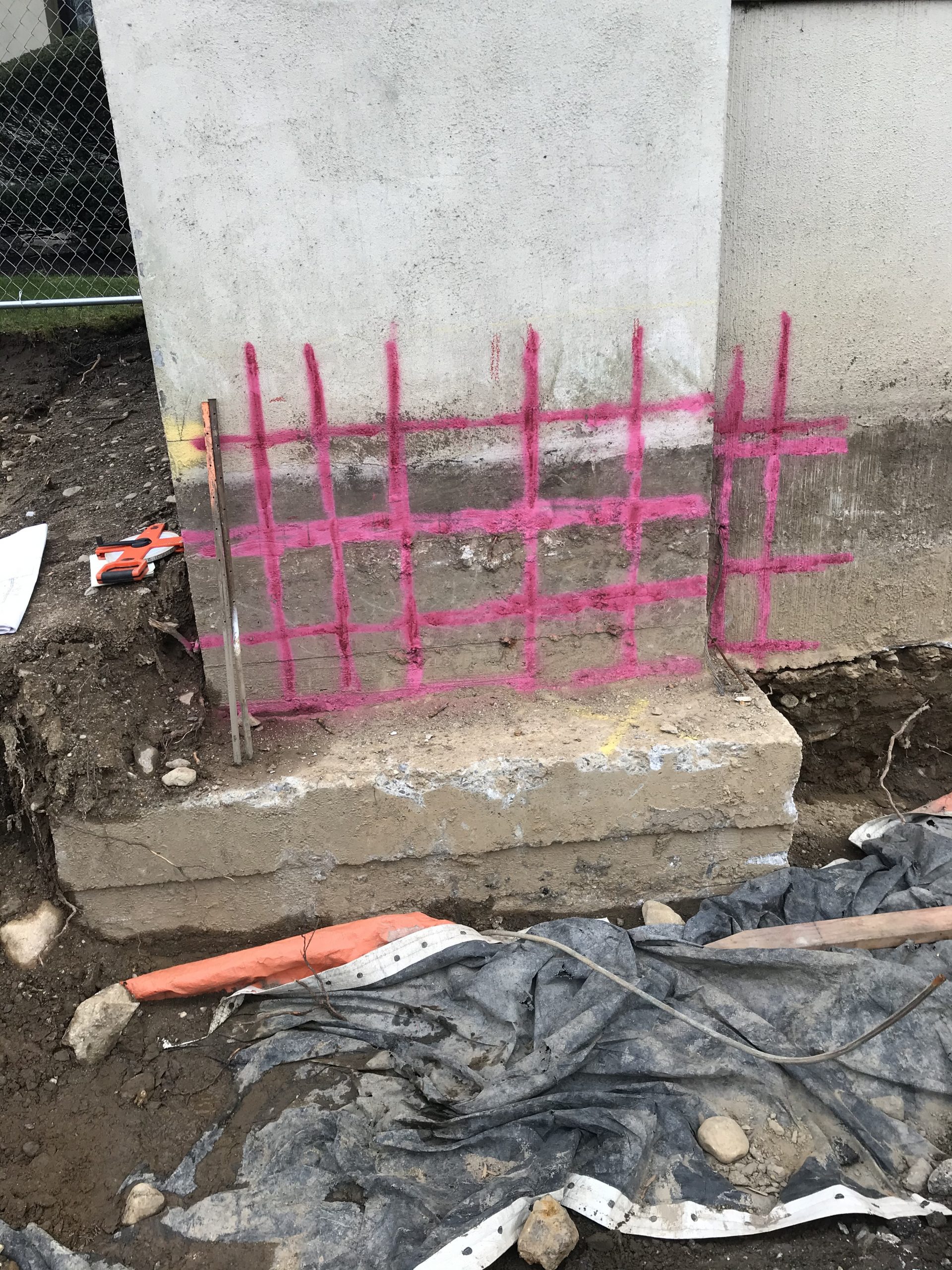Enhancing Job Preparation and Execution Via Advanced Concrete Scanning Methods
In the realm of task planning and accuracy, insight and execution are important elements that can make the difference between success and problems. Advanced concrete scanning strategies have actually emerged as a sophisticated tool established to boost the criteria of project management within the building and construction market.
Benefits of Advanced Concrete Scanning Strategies

Improved Accuracy in Task Evaluations
Enhancing project evaluations through innovative concrete scanning methods dramatically enhances the accuracy and integrity of building assessments. By using cutting-edge scanning innovations such as ground-penetrating radar (GPR) and 3D imaging, project teams can currently get detailed insights right into the condition of concrete frameworks, identifying potential imperfections or weak points that might not be noticeable to the nude eye. This improved level of accuracy in task evaluations makes it possible for building and construction professionals to make more educated choices relating to fixing and maintenance approaches, leading to improved total task outcomes.
Furthermore, the raised accuracy in job evaluations achieved with innovative concrete scanning strategies assists in lessening the risk of unforeseen problems throughout the building and construction stage. By proactively discovering covert anomalies within concrete frameworks, such as rebar deterioration or spaces, project teams can deal with these problems early on, preventing pricey hold-ups and rework later on in the job lifecycle. Eventually, the boosted accuracy in project analyses promoted by innovative concrete scanning techniques adds to greater effectiveness, cost-effectiveness, and top quality in building tasks.
Early Identification of Structural Obstacles
Early detection of architectural difficulties plays a vital duty in making sure the honesty and safety of concrete structures throughout the construction process. Recognizing possible problems at an onset enables prompt treatment, avoiding expensive rework, timetable delays, and security risks. Advanced concrete scanning strategies, such as ground-penetrating radar (GPR) and 3D imaging, enable project teams to discover surprise issues, spaces, support layout discrepancies, and various other abnormalities that might compromise the framework's security.
By carrying out these techniques during the preparation and execution stages, building specialists can proactively resolve architectural challenges prior to they intensify into major problems. For instance, discovering poor concrete cover over support bars early can prevent deterioration and structural weakening in the future - RainierGPR Service Areas. Furthermore, determining variants in concrete density or density can help maximize material usage and make certain uniform strength buildings across the framework
Eventually, early recognition of structural difficulties with sophisticated concrete scanning not just improves the general quality and sturdiness of the building yet likewise contributes to a much safer developed environment for individuals and owners.
Boosted Security Measures in Construction
The implementation of durable security methods is vital in the building and construction sector to reduce risks and guard the well-being of stakeholders and workers. Building websites are inherently harmful environments, with potential threats ranging from drops and devices malfunctions to architectural failings. To enhance security actions, building business are increasingly embracing technical advancements such as wearable tools that monitor workers' important indicators and identify potential wellness problems in real-time. Moreover, making use of drones for site security enables for regular safety examinations without placing workers in harm's means. Security training programs have additionally advanced to consist of digital reality simulations that provide hands-on experience in dealing with emergency scenarios. In addition, the integration of expert system in safety administration systems makes it possible for aggressive identification of prospective threats, permitting for timely interventions. By prioritizing security through the incorporation of innovative modern technologies and thorough training programs, building and construction tasks redirected here can significantly reduce accidents and develop a safe and secure workplace for all involved - RainierGPR Service Areas.
Streamlining Task Management Processes
To enhance functional performance and ensure project success in the building industry, a focus on streamlining project administration procedures is essential. By carrying out reliable project monitoring processes, building and construction tasks can lessen delays, reduce prices, and boost total performance. One key aspect of simplifying project management is making use of innovative technologies such as Building Info Modeling (BIM) software, which makes it possible for real-time collaboration, clash discovery, and precise job organizing. In addition, the fostering of cloud-based job management platforms permits smooth interaction amongst staff member, immediate accessibility to task data, and the capability to track development in real-time.

Final Thought
In conclusion, the usage of innovative concrete scanning techniques supplies various advantages for project planning and execution. These methods provide improved accuracy in task evaluations, very early identification of architectural challenges, enhanced security procedures in construction, and streamlined job administration processes. Incorporating these techniques right click site into job operations can eventually bring about extra effective and effective results in building and construction tasks.
Inevitably, the enhanced accuracy in project analyses facilitated by sophisticated concrete scanning techniques contributes to higher effectiveness, cost-effectiveness, and high quality in building tasks. RainierGPR have a peek at this website Service Areas.
To enhance operational effectiveness and make sure job success in the construction industry, a focus on simplifying project management procedures is vital. By applying effective task monitoring processes, building tasks can decrease hold-ups, decrease costs, and boost total performance. By simplifying project management procedures via innovation integration, clear interaction, and data-driven approaches, building tasks can attain greater effectiveness, cost-effectiveness, and successful results.
These techniques offer enhanced precision in job assessments, early identification of structural challenges, enhanced safety and security steps in building, and structured project management processes.